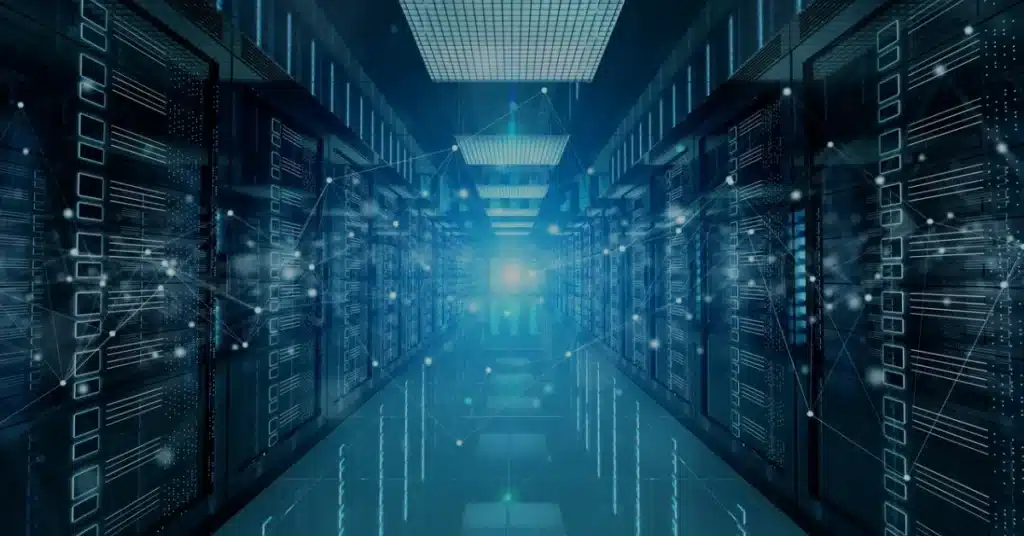As software applications become increasingly ubiquitous in our daily lives, it is imperative to ensure their security. A breach in application security can lead to devastating consequences, such as stolen data, unauthorized access to sensitive information, and even financial loss. Application hardening is the process of adding layers of security to an application to make it more resistant to attack. In this article, we will explore the different techniques used for application hardening.
Contents
What is Application Hardening?
Application hardening is the process of implementing security measures to make an application more resistant to attack. The goal of application hardening is to reduce the likelihood and impact of successful attacks against an application. This is achieved by adding layers of protection to an application, making it more difficult for attackers to exploit vulnerabilities.
Techniques Used for Application Hardening
- Obfuscation: Obfuscation is the process of making the application code difficult to understand. This can be achieved by renaming variables, methods, and classes to make them less descriptive. By obfuscating the code, it becomes more difficult for attackers to reverse engineer the application and find vulnerabilities. Obfuscation tools, such as ProGuard and DexGuard, can be used to automatically obfuscate Android applications.
- Anti-Tampering Measures: Anti-tampering measures are designed to detect and prevent attackers from modifying an application. This can be achieved by using code signing, checksums, or digital signatures to verify the integrity of the application. If an application has been modified, these measures will detect the changes and prevent the application from running.
- Code Obfuscation: Code obfuscation involves modifying the application code to make it difficult for attackers to understand its behavior. This can be achieved by using techniques such as dead code insertion, control flow obfuscation, and string encryption. Dead code insertion involves adding unused code to an application to make it more difficult for attackers to understand its logic. Control flow obfuscation involves modifying the control flow of an application to make it difficult to follow. String encryption involves encrypting strings used in an application to prevent attackers from understanding their meaning.
- Runtime Application Self-Protection (RASP): RASP is a technique that involves monitoring the runtime behavior of an application and detecting attacks in real-time. RASP can detect and prevent a wide range of attacks, including SQL injection, cross-site scripting, and buffer overflow attacks. RASP can be implemented using software libraries, such as OWASP’s ESAPI library, that are integrated into the application at runtime.
- Encryption: Encryption involves converting data into a format that is unreadable without a key. By encrypting sensitive data, it becomes more difficult for attackers to access it. Encryption can be employed to protect data at rest and data in transit. Data at rest directs to data stored on a device or server, while data in transit refers to data that is being transmitted over a network.
- Secure Communication: Secure communication involves using protocols such as HTTPS, SSL, or TLS to encrypt data being transmitted over a network. By using secure communication protocols, attackers are unable to intercept and read sensitive information being transmitted between devices.
- Access Control: Access control involves restricting access to resources within an application to authorized users only. This can be achieved by implementing authentication and authorization mechanisms. Authentication proves the identity of the user, while authorization specifies the level of access that the user has to resources within the application.
Conclusion
In conclusion, application hardening is an important aspect of application security. By adding layers of protection to an application, it becomes more resistant to attack. Techniques such as obfuscation, anti-tampering measures, code obfuscation, runtime application self-protection, encryption, secure communication, and access control can all be used for application hardening. However, it is important to remember that no single technique can provide complete security. A layered approach to security is required, with multiple techniques and measures working together to provide the highest level of protection.



